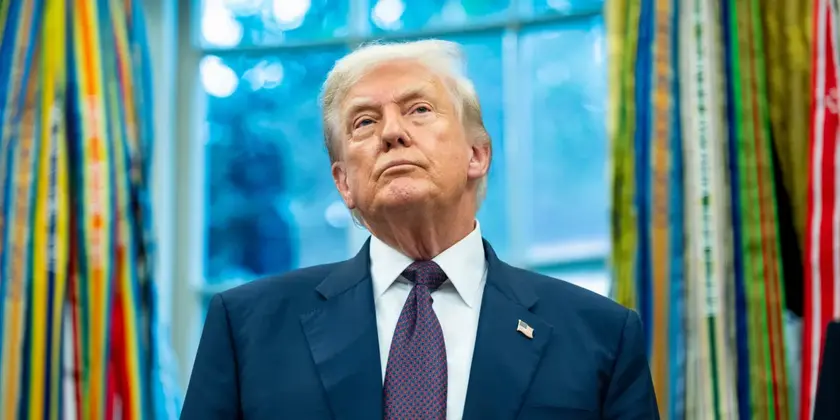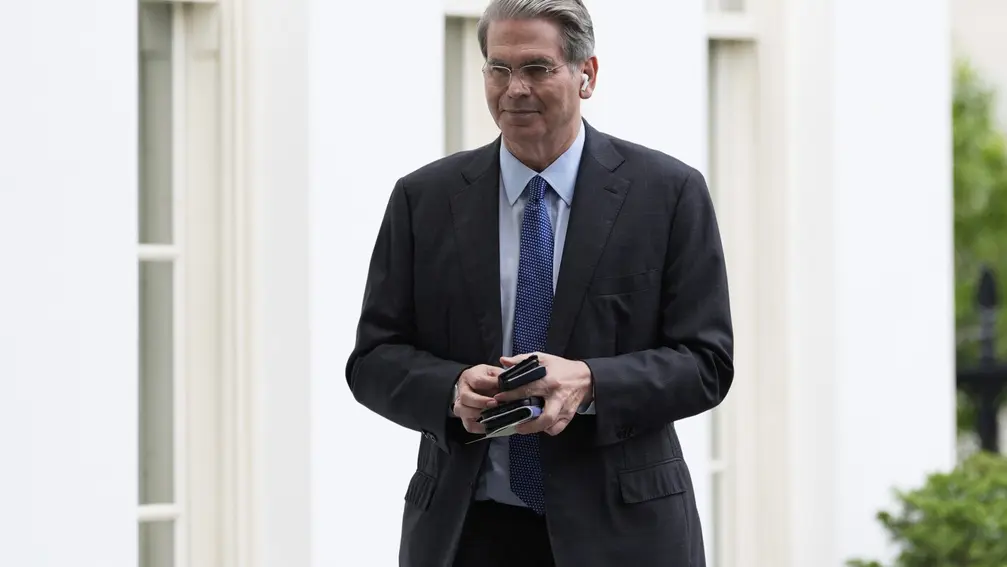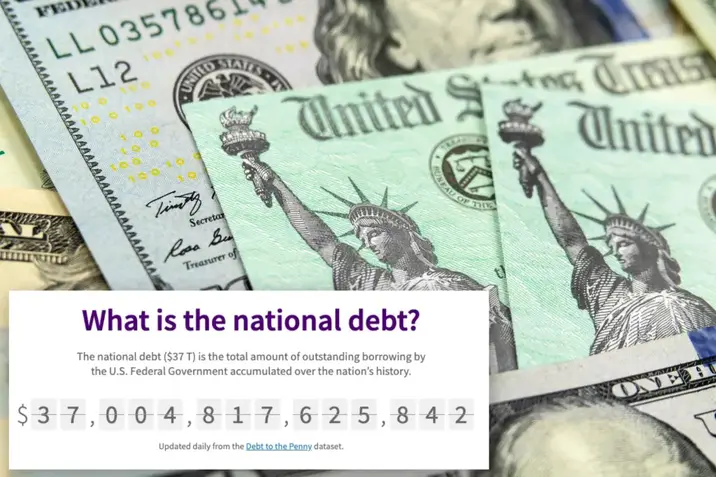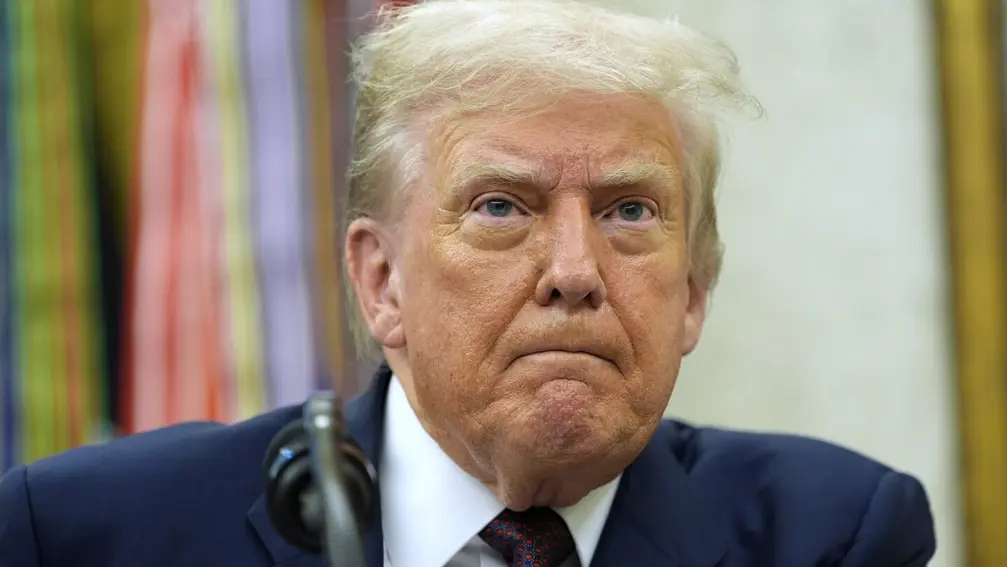T4K3.news
Debt tops 37 trillion as policy bets hinge on growth
Debt exceeds 37 trillion as tariff policy and DOGE savings are cited, with economists warning about long term credibility and market confidence.

An editorial look at a record debt level and the competing claims over how to slow the borrowing while pursuing growth.
Debt tops 37 trillion as policy bets hinge on growth
The national debt has surpassed 37 trillion dollars, a milestone previously projected to arrive later. The rise comes after years of heavy spending during the crisis and ongoing deficits, even as critics warn that mounting borrowing could shake market confidence. Proponents point to policy moves like tariff revenue and government efficiency programs as steps toward balance, while the White House says growth will bring the debt down in time. The debt figure is accompanied by a rising debt to GDP ratio, now around 121 percent, with officials predicting a planned act may push it toward the lower end of the target range.
Supporters note that tariff receipts have grown and cite the DOGE program as a source of savings, while opponents warn the price of borrowing could fall on investors and ratings agencies. The White House argues that the debt to GDP ratio will improve as the economy strengthens and as new legislation takes effect. Critics, including influential financial figures, warn that markets and lenders are watching and that a long run of deficits risks credibility.
Key Takeaways
"During a time of economic growth, it is highly irresponsible to run deficits this large … At this pace, we will run through the recent $5 trillion debt limit increase—the largest in history—in just two years. We are no longer in a Great Recession or a global pandemic, but our fiscal policy keeps acting like we are."
Peterson warns about deficits and debt policy
"As our debt continues to rise, at some point the financial markets will lose confidence in our ability to overcome the politics to solve this problem."
Peterson warns of market confidence risk
"America’s debt-to-GDP ratio has actually declined since President Trump took office—and as the administration’s pro-growth policies of tax cuts, rapid deregulation, more efficient government spending, and fair trade deals continue taking effect and America’s economic resurgence accelerates, that ratio will continue trending in the right direction."
Desai offers a White House counterpoint
The debate unfolds around two ideas: growth versus restraint. On one side, policy bets claim that deregulation, tax cuts and trade reforms can lift the economy enough to shrink the debt burden relative to the size of the economy. On the other side, skeptics say the sheer size of the deficit makes it hard for markets to stay confident, even if growth appears solid in the short term. The tension is not just economic; it is political, with bipartisan concerns about sustainability and accountability. The question for the next budget cycle is whether credible, long term spending limits will accompany growth measures or whether debt will continue to outpace gains in output.
If debt management loses credibility, investors may demand higher yields and put pressure on the currency. If policymakers deliver a credible reform plan, the economy could gain stability and confidence in the long run. Either way, the story is far from finished and the next steps will shape how much of a burden future generations bear.
Highlights
- Deficits this large risk the market's trust
- Tariffs boost revenue but are not a debt panacea
- Growth alone won’t fix a runaway debt
- Policy must match rhetoric with real reform
Budget and political risk tied to debt policy
The article discusses an unprecedented debt level and policy moves that are politically sensitive and could affect investor confidence and financial markets.
The debt story will hinge on credible reform and sustained growth over a political cycle.
Enjoyed this? Let your friends know!
Related News

Debt milestone reached

Debt milestone hits 37 trillion

Markets Rally on CPI Beat Spurs Fed Rate Cut Bets

US debt climbs past 37 trillion

Export Deal Faces Constitutional Questions

China faces a turning point in growth

US budget deficit rises despite tariff revenue

Trump signs One Big Beautiful Bill
